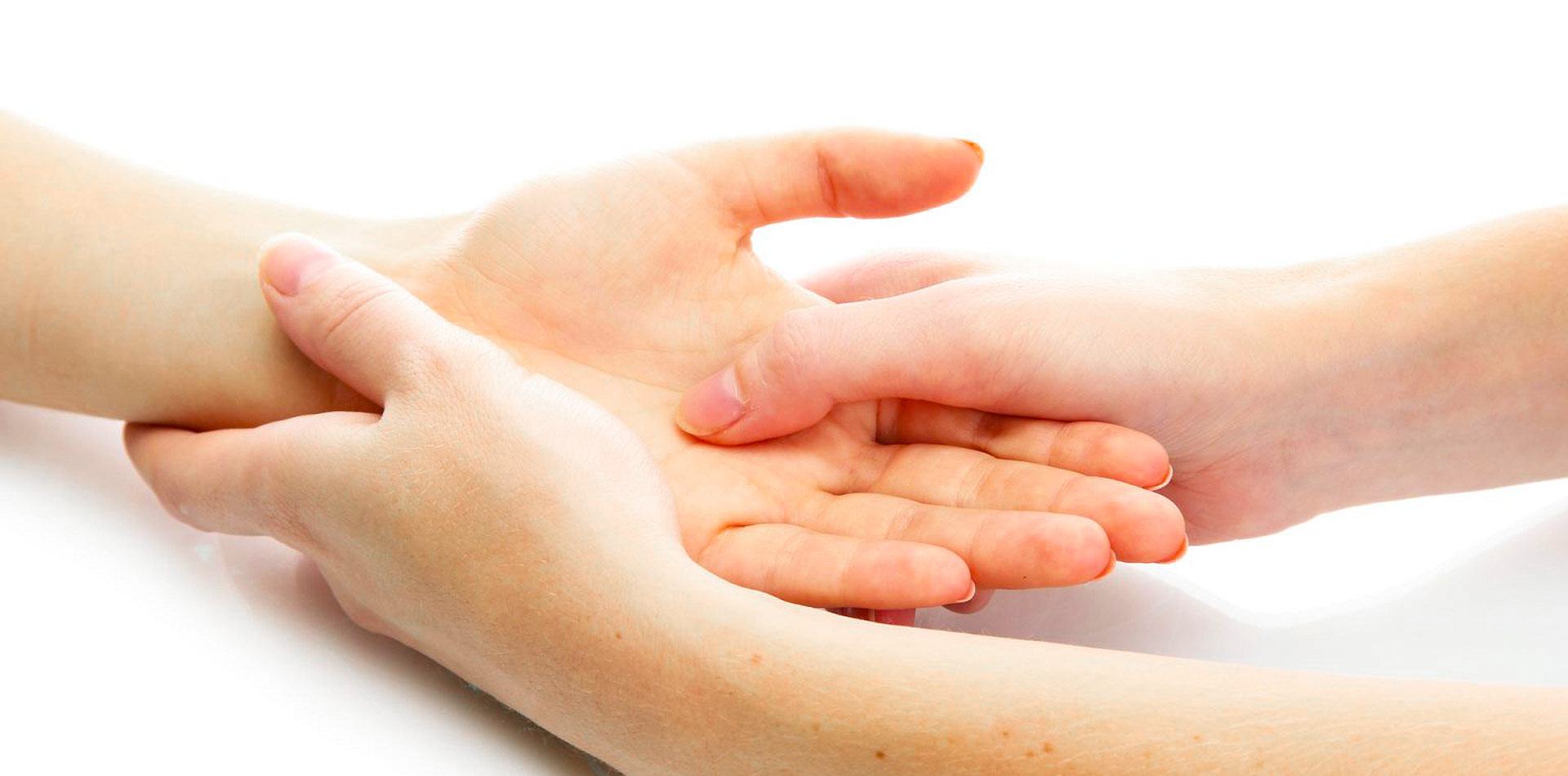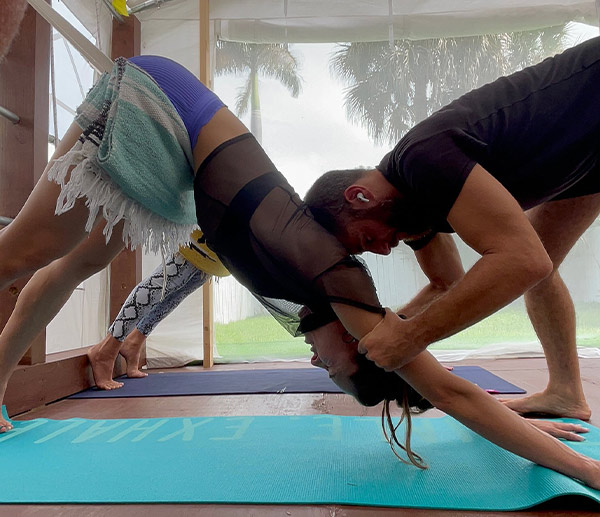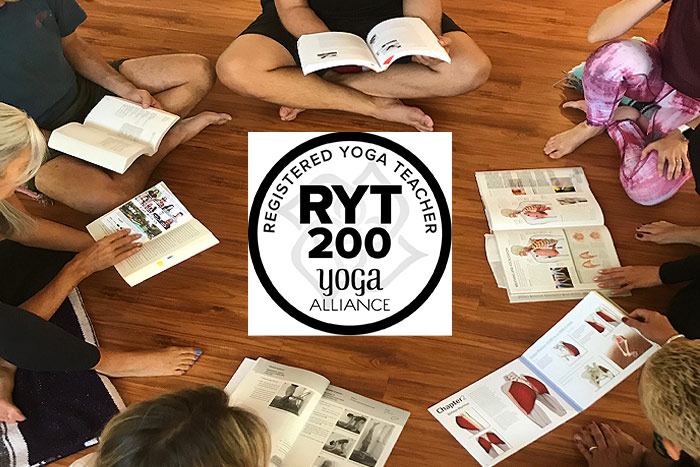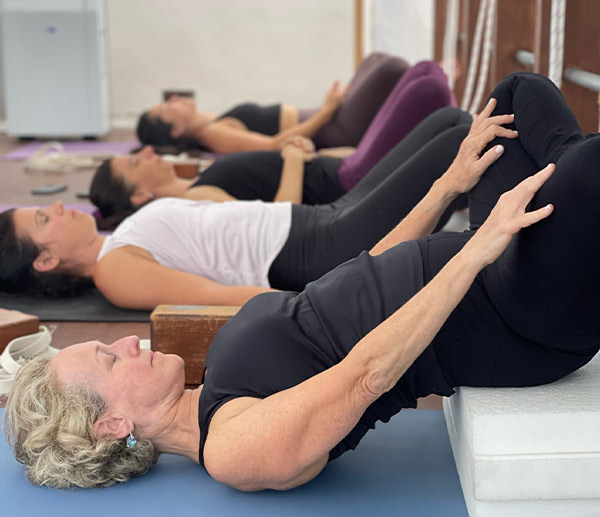What is Yoga Anyways
Yoga is the journey of the self
through the self
to the self
The Bagavad Gita
Designed thousands of years ago in India, yoga is a mind-body-spirit system used to help the practitioner discover their true-self. It's worth noting that although it's most commonly recognized in the Western world through the practice of physical postures (or asanas) and special breathing techniques, that is just a fraction of the whole. It goes beyond these exercises to incorporate meditation, services to others, philosophy, dietary recommendations, and moral and ethical guidelines for living. Yoga, in all its forms, provides a means for the practitioner to master the body and the mind so that the soul (or true-self) can emerge to share in the experience of life; and achieve self-awareness.
For the purpose of this post, we will focus on the type of yoga that primarily involves purposeful movements that are practiced mindfully, promote the regulation of the body and life force to strengthen and heal it. Yoga in this sense can be modified to help people achieve a wide range of personal and fitness goals. Some styles are slow and gentle while others are fast paced and strenuous. Evidently yoga is versatile, it can accommodate people with wide variety of physical conditions. In other words, the postures vary widely, with each offering its own special benefit. Some are done standing up, while others are done sitting and others still are lying down. Benefits include the ability to:
- Increase Self-awareness, Self-discovery and Self-esteem
- Tone, Stretch and Strengthen the Body
- Improve Concentration and Mental Functioning
- Relieve Stress
- Optimize Energy and Vitality
- Benefit All the Systems; Muscular, Skeletal, Nervous, Circulatory, Endocrine, Respiratory and Digestive
- Balance and Awaken the Emotions
Let's have a look at the different type of movements
Standing Poses
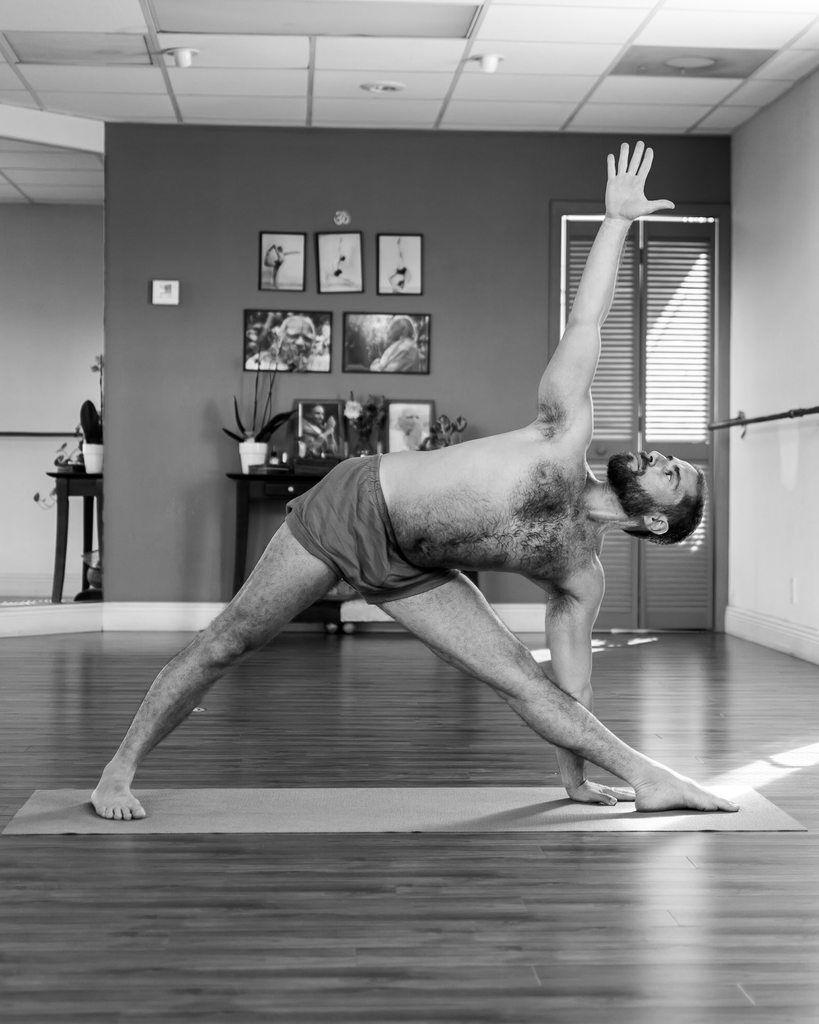
Standing poses, such as the Triangle Pose (Trikonasana, shown above), tones and strengthens the whole body and can provide a full range of movement for a complete workout. They strengthen the nerves of the legs and bring awareness to the entire body.
Sitting Poses
These poses, incorporate twists, balancing poses, and backward and forward bends.
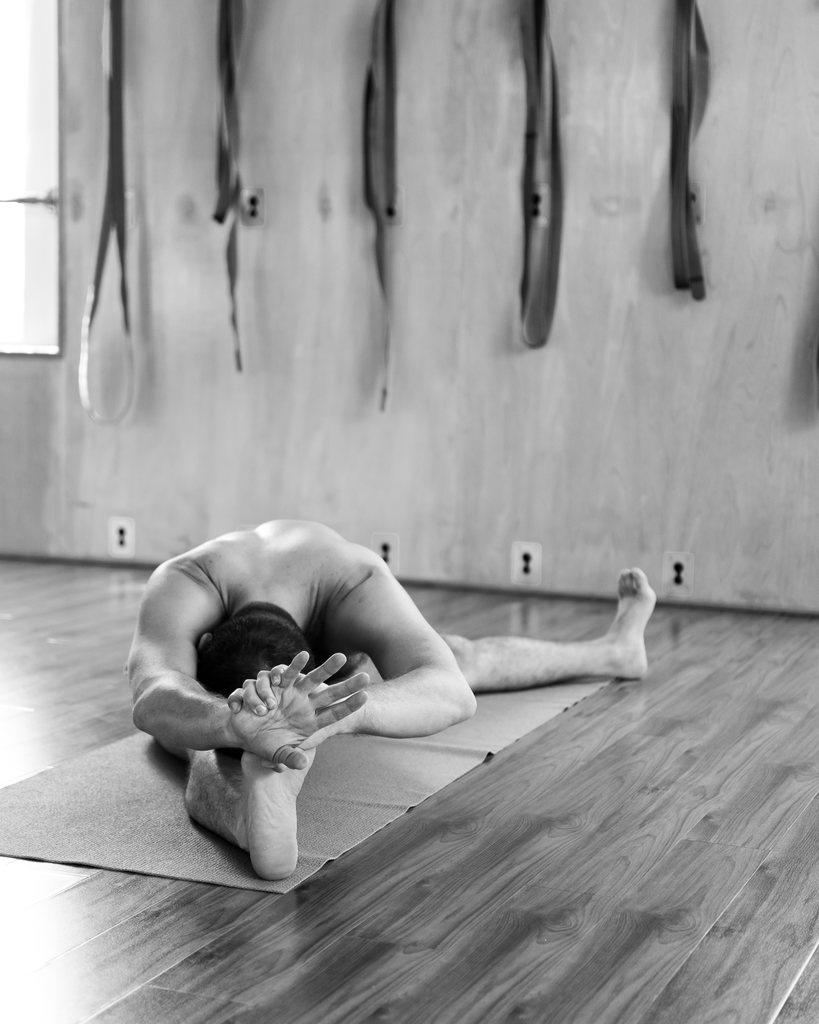
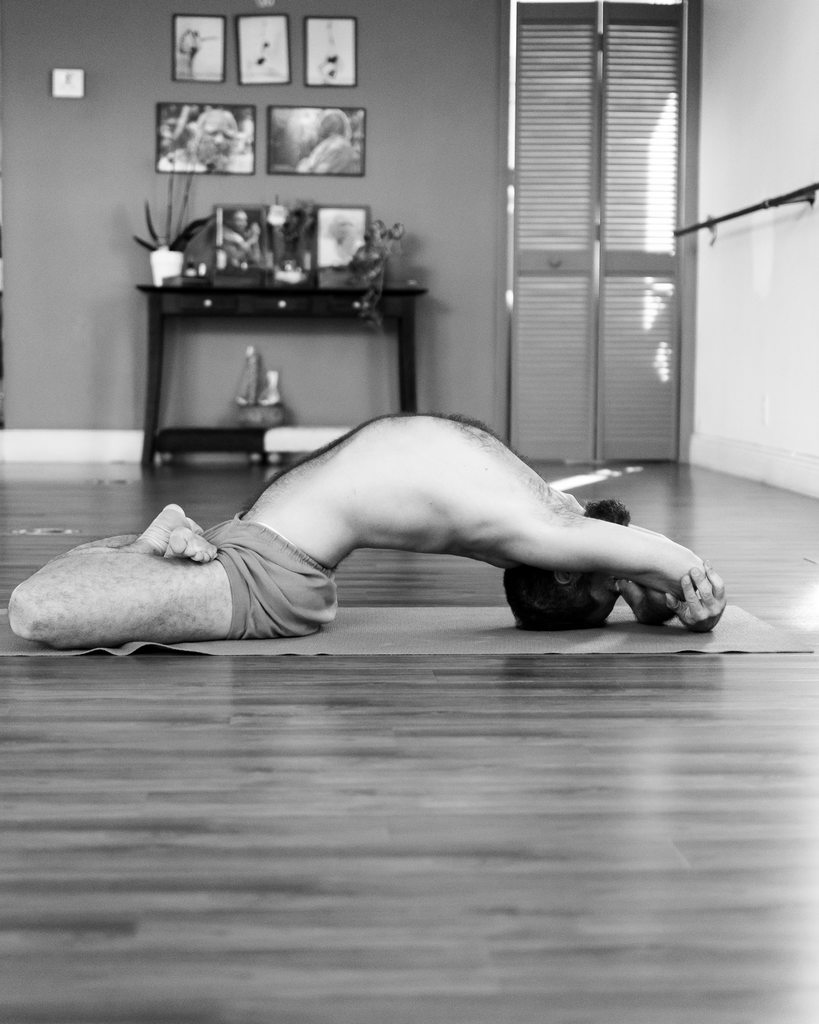
Twisting Poses
Twists release pressure on the spinal nerves and cultivate better body alignment. Spinal twists can be done sitting, standing or lying down. Javier demonstrates this with the Bharadvaja's Twist, (Bharadvajasana in Sanskrit), a gentle and loving twist for the spine and abdominals.
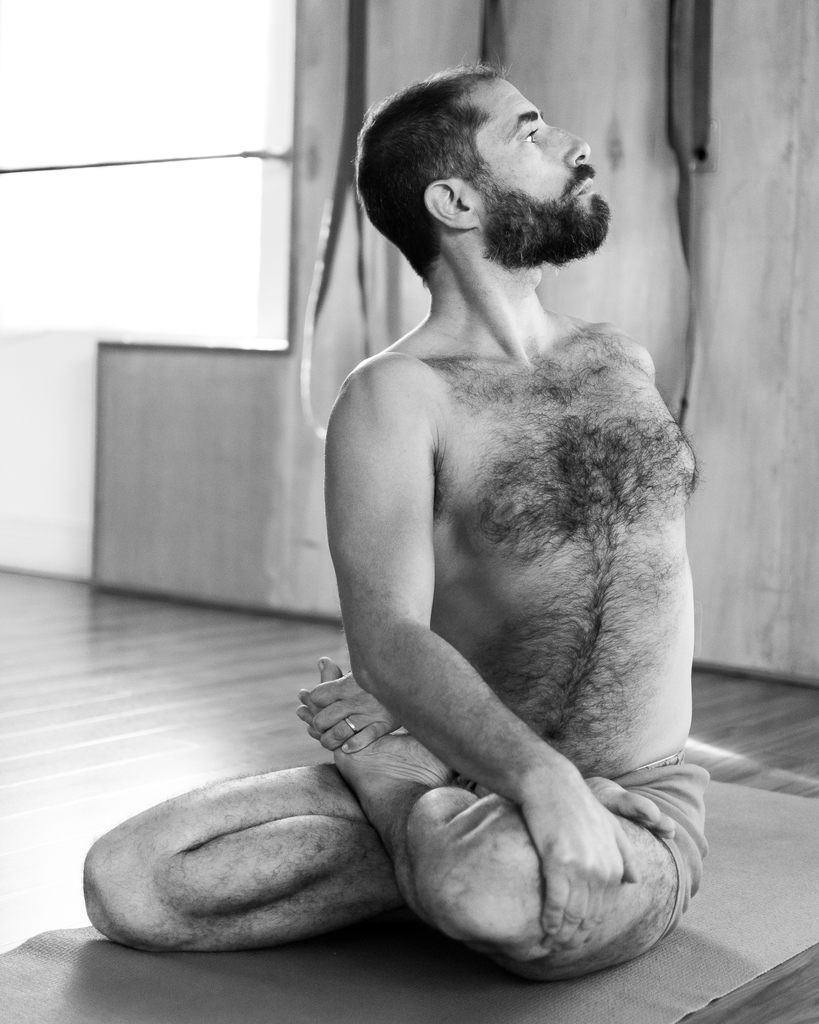
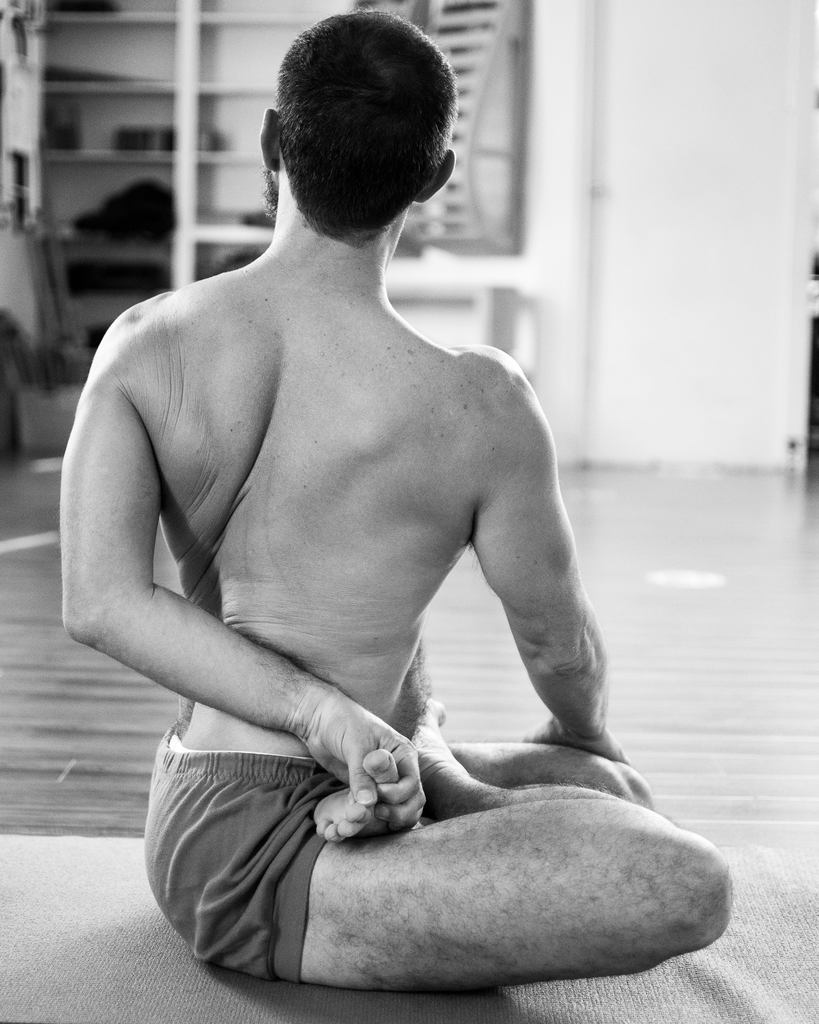
Backward Bends
Poses such as the Wheel Pose, increase energy flow, improve posture, stimulate the nervous system, and bring flexibility and strength to the back. They require careful attention to alignment.
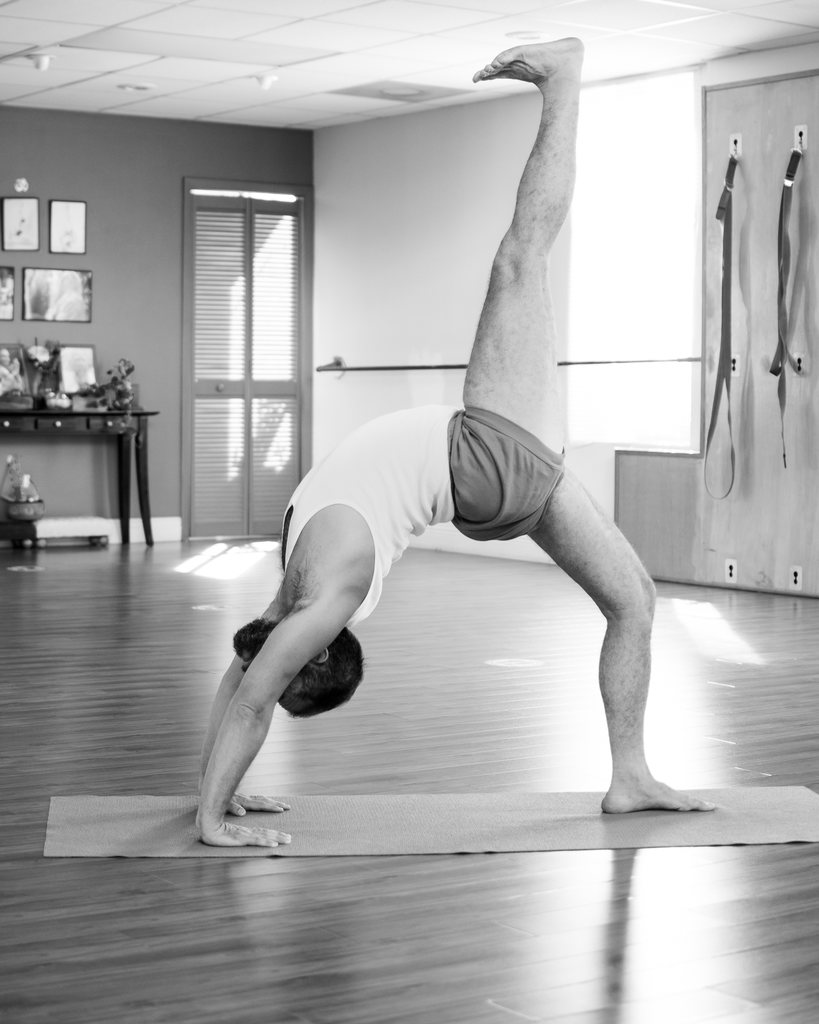
Forward Bends
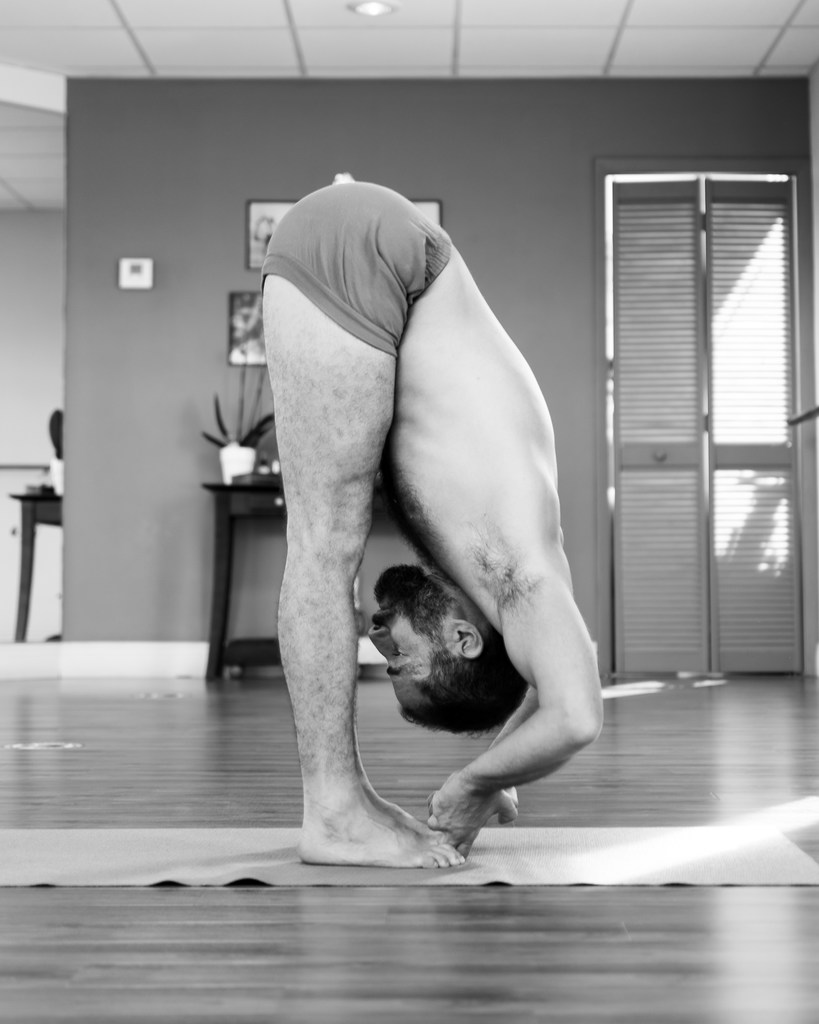
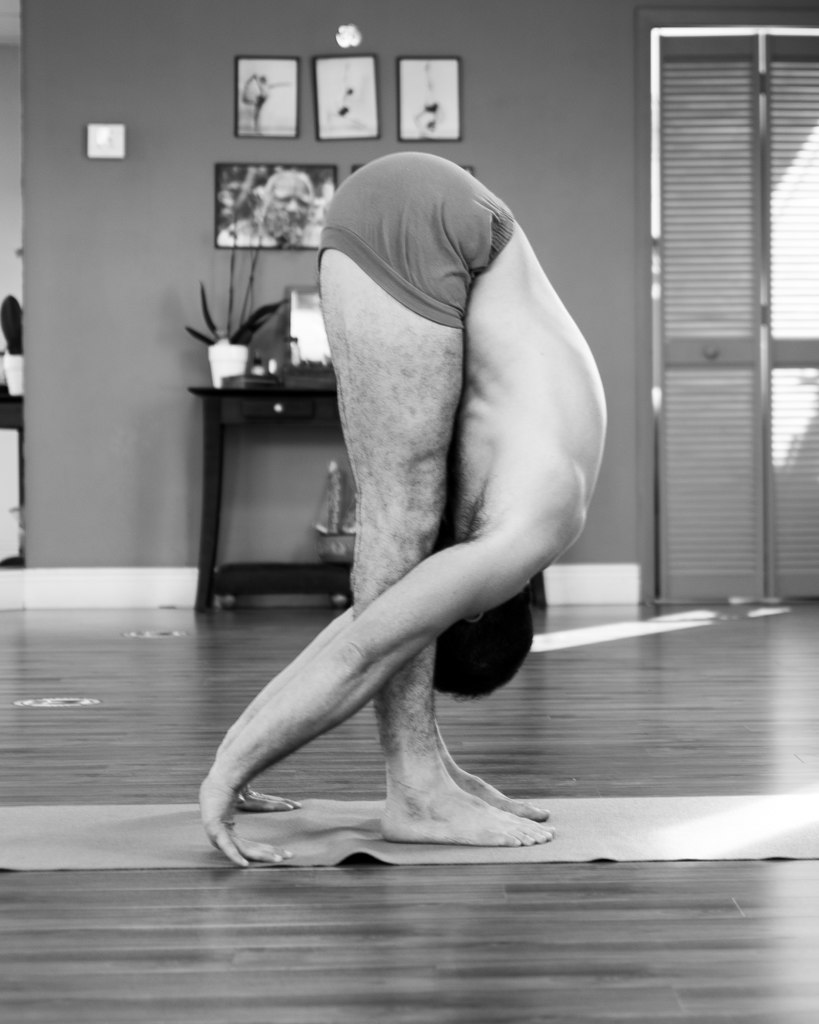
Forward bends are relaxing and soothing to the nervous system. They reduce tension, improve posture, help body alignment and assist digestion and elimination. They can be practiced anytime and can be done either standing or sitting. The forward fold (or Uttanasana as shown above) is one example.
Balancing Poses
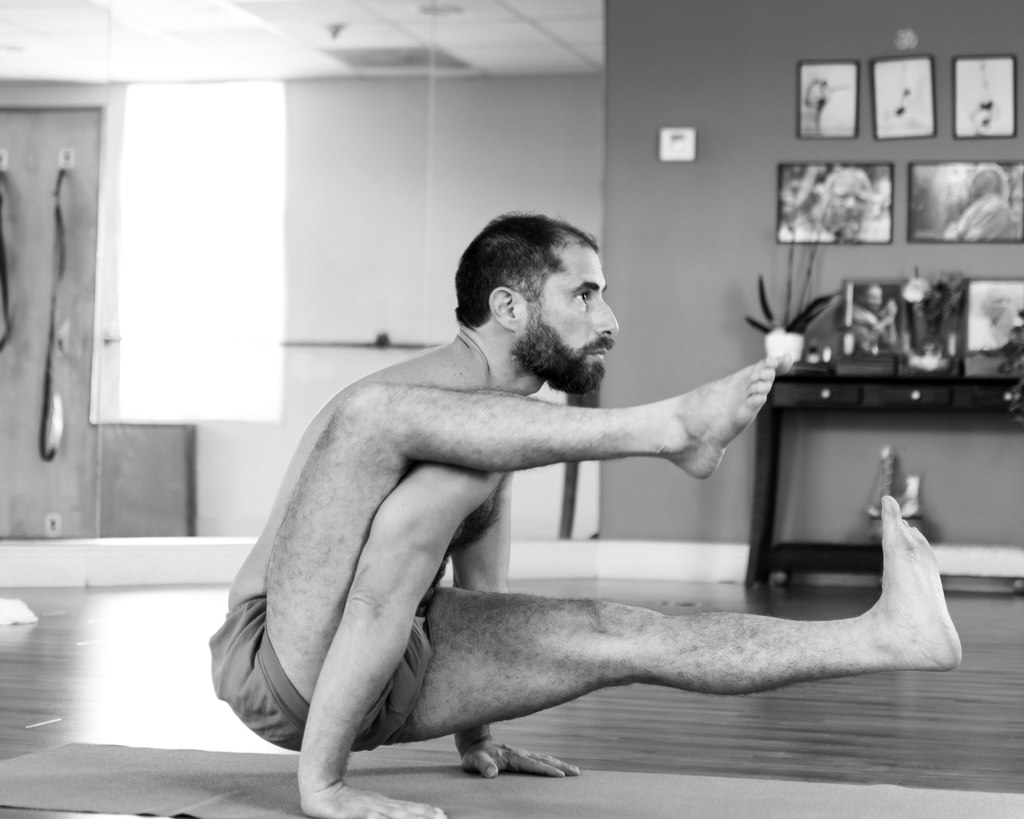
Poses such as the Elephant's Trunk Pose (Eka Hasta Bhujasana) foster poise and grace. They increase mental concentration while toning and strengthening the legs or arms (depending on the pose).
Inverted Poses
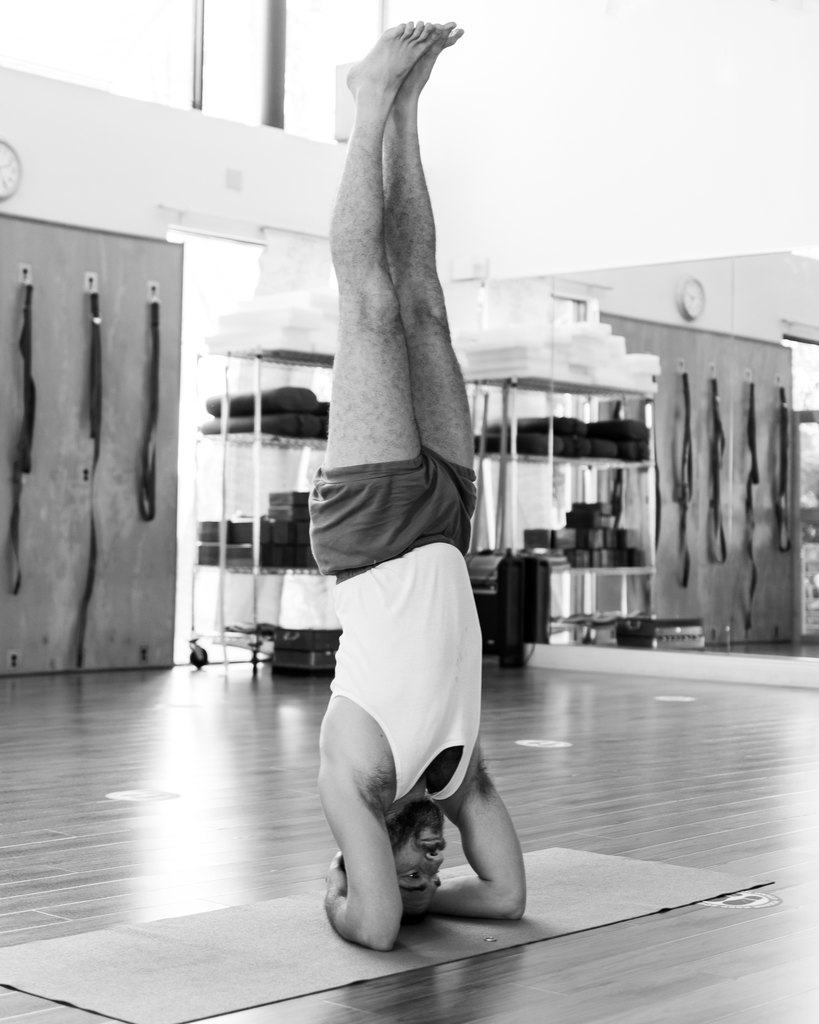
These type of poses improve circulation, balance the endocrine system and counteract the negative effects if gravity. The shoulder stand and headstand (Shirshasana, as shown below) are the best examples.
To find out more about how yoga can help you achieve self-awareness connect with us, ask us questions or leave a comment below and someone from our team will be happy to reach back soon as we can!
‹ Back


